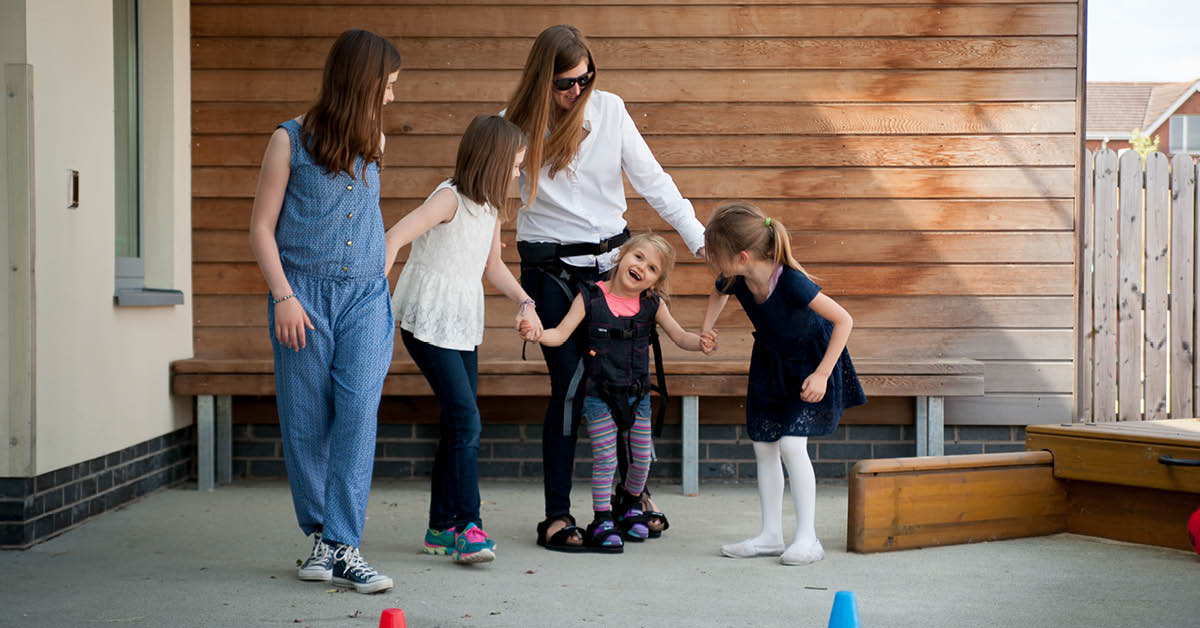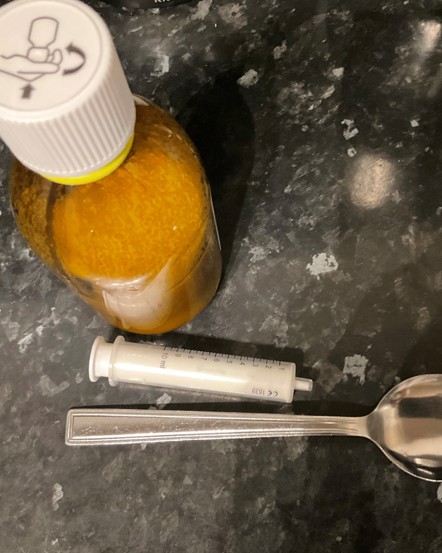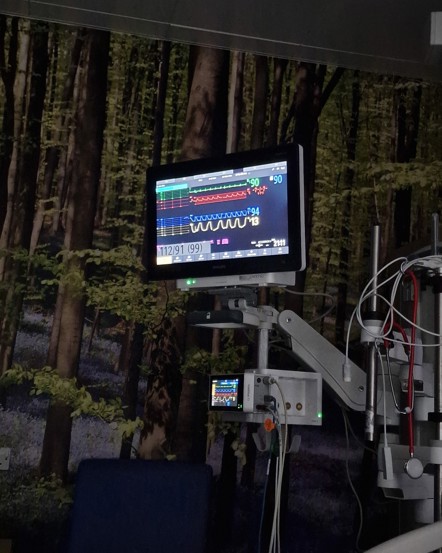What in the world is CPIP? And why is my child part of a surveillance program?

Firefly

If you live in the UK and have a child diagnosed with cerebral palsy (CP), then chances are you will have heard of CPIP (Cerebral Palsy Integrated Pathway). Nowadays, most children with cerebral palsy are monitored through CPIP - but what exactly is it, and why are children being monitored in this way?
The concept of CPIP is all about monitoring the hip joints of children with cerebral palsy. Children with a cerebral palsy diagnosis have a risk of their hip joints (the ball and sockets) gradually moving out of place, known as hip displacement or ‘hip subluxation’. It is the second most common muscle and bone issue affecting children with CP, and importantly is directly related to a child's ability to move.
Twenty years ago, Sweden decided to address this concern with CPUP, a follow-up programme for children with cerebral palsy or suspected cerebral palsy.
Their goal was to implement standardised monitoring for the early detection of muscle and joint changes that could indicate a potential risk of hip displacement. When values dip below specific thresholds, it prompts a variety of interventions and treatments, spanning from hydrotherapy and assistive equipment to botulinum injections and surgery.
This programme marked a turning point for CP care in Sweden, has fundamentally changed care in Sweden and demonstrated that early detection leads to early intervention which, in turn, leads to reduced chances of hip problems.
Their data showed that hip surveillance programmes like this dramatically reduce the number of children suffering a hip dislocation to less than 1% and reduces the number requiring orthopaedic surgery to less than 15%.
The UK's adaptation of this program, known as CPIP (Cerebral Palsy Integrated Pathway), follows a similar approach.
It involves standardised clinical examinations and regular hip X-rays for at-risk children based on age and severity. The initiative aims to identify issues early and provide appropriate treatments, effectively minimising the risks associated with hip displacement. You can learn more about the main strands of CPIP here >>
But the UK is not the only country who has adopted a surveillance programme like this. The CPIP model has been adopted by many countries across the world, including the USA and Australia. You can read more about the programmes that run in your region below:


